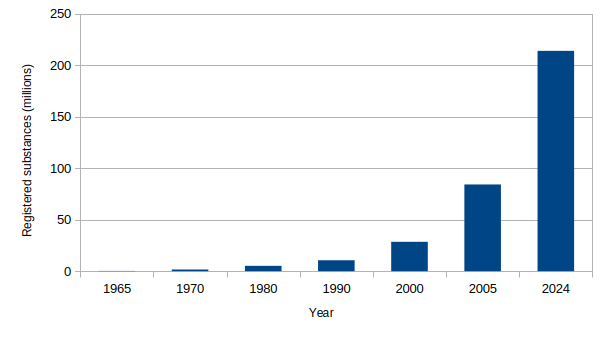Once thought inert, plastic has been found to disrupt endocrine function while contributing to allergies, inflammation and even cancer. Global treaties on its production and disposal are sorely needed. But what can we do as individuals to limit our personal exposure to plastic and prevent its accumulation in our bodies?
How does plastic get into our bodies?
Due to the complexity of the problem and the lack of studies, the pathways by which microplastics (MPs) reach our bodies are not well understood. A single MP of size 1 µm to 5 nm can break down into billions of nanoplastics of less than 0.1 μm. Airborne MPs are believed to be the main source. These are of two types: indoor and outdoor.
Outdoor MPs mostly derive from vehicle tyres. Other sources include paint and litter and just about anything made of plastic that sits outside and gets worn down and blown away by wind.
Indoor airborne MPs mainly arise from degradation of household plastic products,e.g. synthetic furniture, carpets, electronic equipment, paint, kitchen utensils, clothing and footwear.
After airborne MPs, the next biggest source is ingestion through food and drink. Drinking water and other liquids from plastic bottles are high in MPs, tap water less so. Seafood and salt are high in MPs due to the concentration of ocean plastics. That doesn’t mean other food is clean; the accumulation of MPs in rivers, sewage sludge and the atmosphere makes pretty much all food contaminated. Plastic packaging contributes further. Even products in metal and glass containers are not immune; tin cans have plastic linings and the tops of glass containers contain plastic. Teabags can also contain plastic while disposable coffee cups usually have plastic linings. Food containers, cooking utensils and cleaning products can also contribute. Non-stick linings in pots and pans can contain plastics that leach during cooking.
Other sources are beauty products and toiletries. These generally come in plastic packaging and some products contain microbeads, though these have been banned in many countries. Toothbrushes have plastic bristles which degrade over time, releasing MPs into the gums and throat.
Absorption through the skin is believed to be much lower than through the digestive and respiratory systems, but can still contribute. Using smartphones, computers, remote controls and other plastic devices introduces MPs to our skin, which may cause inflammation. Synthetic clothing is an additional source of MPs on the skin, and contributes to airborne and water-borne MPs. Childrens’ toys are most often made of plastic, and likely to get rough treatment.
What can we do to reduce intake?
Given the omnipresence of MPs, particularly airborne ones, is it even possible to substantially minimise exposure? Other than moving to rural areas and avoiding busy roads our capacity to avoid outdoor MPs is limited. The move to electric vehicles may make the problem worse because EVs tend to be heavier than ICE equivalents.
However, some evidence suggests that indoor MPs contribute more than outdoor ones. Reducing these may entail substantial changes to our homes, such as replacing or covering synthetic carpets, furniture, electrical equipment and clothing, but is at least within the power of individuals. Bear in mind that disposing of plastic textiles and other household items could create additional plastic pollution.
Other ways of reducing MP intake are:
- use tap water rather than bottled water
- buy fresh, local produce rather than packaged supermarket items
- use alternatives to sea salt
- use raw food products rather than processed food
- avoid plastic in cooking and food storage: e.g. non-stick pans, plastic food processors, plastic containers
- use natural cleaning products
- wear clothing with natural fibres where possible
- wash synthetic clothing separately with a microfibre filter
- avoid paints that contain plastic and synthetic varnishes.
The extent to which such measures can reduce plastic in the body is unknown, but could be substantial. And many of these measures will promote health and ethical consumption, so are worth doing for their own sake. Ultimately, though, microplastics are impossible to avoid and, like most things pollution-related, individual actions have limited effects.

